(20th century)
Triptych
Watercolor on paper
H. 26.5 cm; W. 53 cm frame included each
Signed
After studying at the Ecole Nationale Supérieure des Beaux-Arts in Paris, Jean Bijoux was able to satisfy his passion for "painted architecture" as he liked to say. Several meetings with architects of buildings in France and Parisian designers allowed him to study in depth the multiple facets of architecture. It was at this time in his life, leaving the school and the Buraglio studio with the congratulations of the jury, that Bijoux began his abstract compositions. He decided to paint for himself and jealously kept his paintings hidden, developing his techniques, greatly inspired by the work of Tal Coat that he discovered in the United States, or the compositions of Poliakoff, rhythmic and measured. This is also a very important element of Jean Bijoux's work in relation to architecture: calculation. Each of his compositions is developed using clever methods and links between the thickness of the lines, their arrangements between them, their spacings... These techniques are the result of many years of work and notebooks on composition and framing that result in a treatise on the relationship between these framings, foreground, background and verticality. If his works take up the great classical standards that mark the history of art, his quasi-scientific approach to the relationships between the two dimensions and the repercussions on the third dimension is quite remarkable. Black reigns around Bijoux's works. This monochrome is made from several colors according to a very precise recipe that has remained unchanged for many decades, which he applies to various supports with ivory preparations. This simple duality of tones allows the artist to concentrate on the structure and the light that he brings out thanks to the material and finely placed impastos. A discreet man in the heart of his native region and almost nestled in his workshop overlooking the green valleys and limestone cliffs of Périgord, Jean Bijoux keeps this gaze full of verve behind his works and his speech, letting escape from his hermitage the poetry of black and ivory.



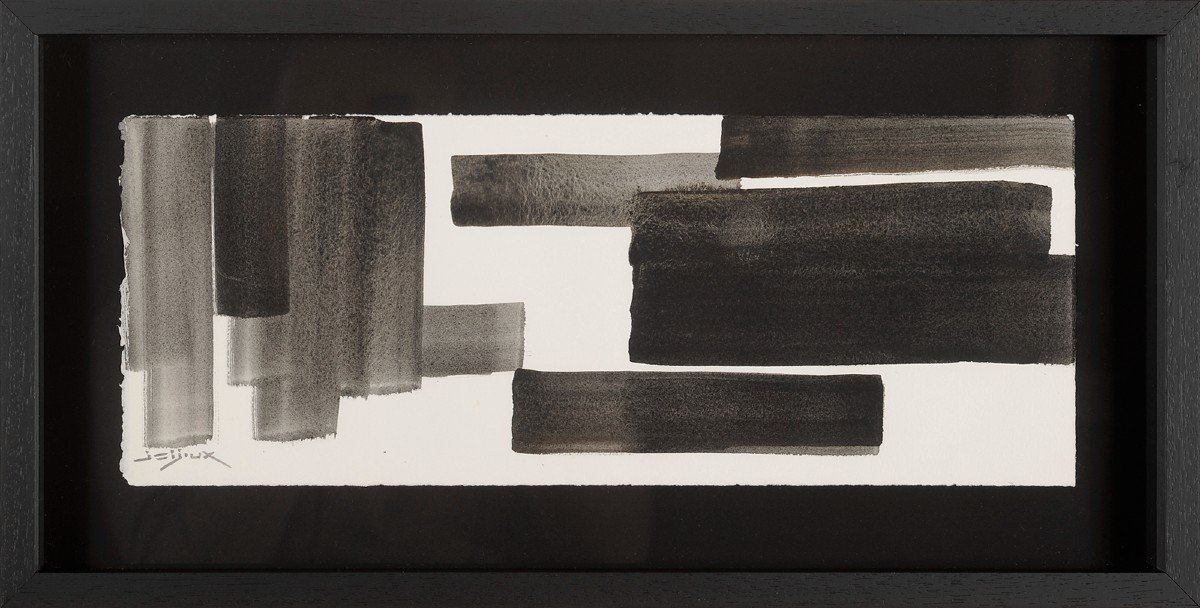












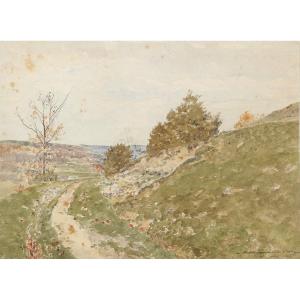

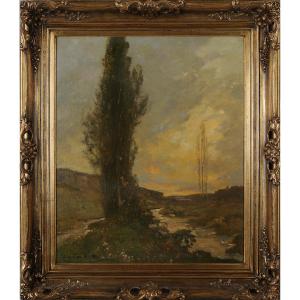

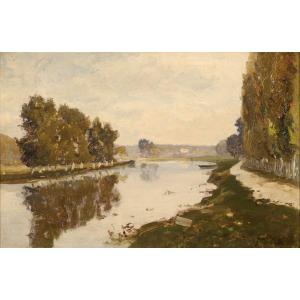

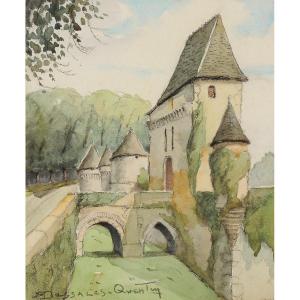

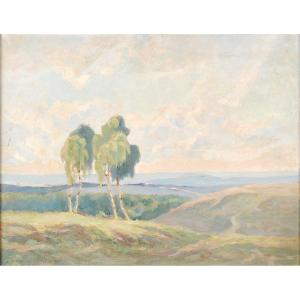
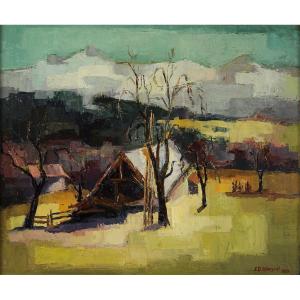

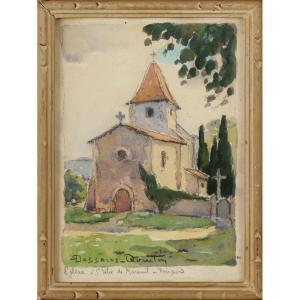
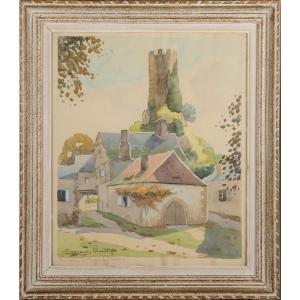
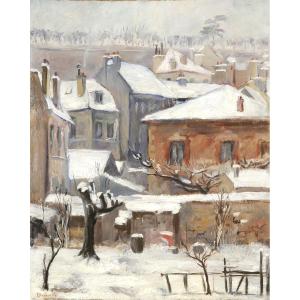
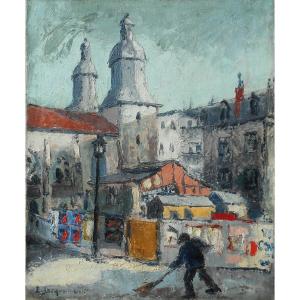
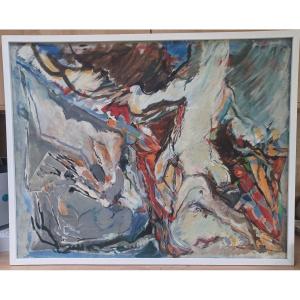


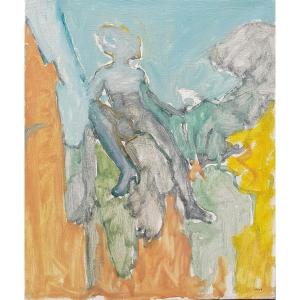



 Le Magazine de PROANTIC
Le Magazine de PROANTIC TRÉSORS Magazine
TRÉSORS Magazine Rivista Artiquariato
Rivista Artiquariato